21 Stunning Yellow Flowered Trees to Transform Your Garden
Yellow blossoms can transform any landscape into a vibrant, sun-drenched paradise that captures the imagination and delights the senses.
Nature's golden-hued tree varieties represent a stunning display of botanical beauty that landscape enthusiasts and gardening lovers deeply appreciate.
These magnificent trees create visual drama with their brilliant yellow flowers, ranging from delicate soft petals to bold, dramatic clusters that illuminate outdoor spaces.
Gardeners and landscape designers often seek these special trees to add warmth, color, and unique character to residential and commercial landscapes.
Yellow flowering trees provide incredible aesthetic appeal while also attracting pollinators like bees, butterflies, and birds that contribute to ecological balance.
The remarkable diversity of these trees ensures that homeowners can find perfect options matching their specific climate, soil conditions, and aesthetic preferences.
Landscaping experts recommend approximately twenty-one distinct yellow flowering tree species that can elevate any yard's visual appeal and natural charm.
Linden Tree American Basswood (Tilia americana)
Majestic American Basswood trees burst with fragrant yellow flowers in June, attracting birds and butterflies across their native North American landscape.
Native to regions stretching from southern Canada to Oklahoma, Tennessee, and North Carolina, these remarkable trees thrive in woodlands and stream banks.
Cold-resistant and flourishing in USDA zones 2 to 8, Basswood provides excellent shade and ecological support for diverse wildlife.
Conservation projects frequently select this species for its robust characteristics and environmental contributions.
Its wood serves multiple purposes, from furniture crafting to intricate artisan work.
Pollinators adore the tree's delicate blossoms, which emerge during early summer months.
Ecologically important and visually striking, Basswood represents a cornerstone of North American forest ecosystems.
Wildlife finds sanctuary among its branches, making this tree a true natural treasure.
Yellow Chain Tree (Laburnum)
Yellow Chain Trees captivate gardeners with stunning golden blossoms that cascade like delicate curtains across branches during spring.
Native to Europe, these remarkable trees reach impressive heights between 15 and 25 feet while spreading 9 to 12 feet wide.
Sunlight brings out their most dramatic features, making them perfect for landscapes in USDA zones 7 to 9.
Fragrant flower clusters emerge against rich green foliage, creating a dramatic visual display.
Mature trees produce long pods that eventually dry and reveal distinctive black seeds.
Landscape designers appreciate their elegant structure and dramatic seasonal changes.
Nature lovers will adore how these trees transform outdoor spaces with their unique botanical characteristics.
Yellow Flame Tree (Peltophorum pterocarpum)
Yellow Flame Trees captivate landscapers with stunning golden blossoms that radiate tropical warmth across gardens.
Majestic branches spread wide, creating generous shade spaces where people love to gather and relax.
Reaching impressive heights between 40 and 50 feet, these trees dominate landscape designs with graceful presence.
Sweet grape-like fragrances drift from flower clusters during spring and fall seasons, enchanting nearby areas.
Delicate leaves dance beneath the blossoming canopy, adding subtle movement to garden scenes.
Copper-colored seedpods emerge after flowering, providing additional visual interest for nature enthusiasts.
Native to specific USDA zones 10 and 11, these trees demand careful placement in outdoor environments.
Landscape designers prize Yellow Flame Trees as magnificent focal points that transform ordinary spaces into extraordinary botanical displays.
Cornelian Cherry (Cornus mas)
Cornelian Cherry dazzles gardens with golden-yellow blossoms that burst forth before leaves emerge, creating a stunning early spring spectacle.
Nature lovers appreciate its versatile charm, as the tree delivers visual interest across all seasons through unique exfoliating bark and lush foliage.
Dark green leaves dramatically frame deep red oval fruits that attract wildlife like birds and squirrels during summer months.
Humans can also enjoy these edible berries, which have delighted people for generations.
Wildlife enthusiasts will adore how it supports local ecosystems by providing food and shelter.
Landscape designers favor Cornelian Cherry for its ability to create dramatic visual impact with minimal effort.
Yellow Palo Verde (Parkinsonia microphylla)
Desert landscapes shine with Yellow Palo Verde, a charming tree boasting pale yellow blossoms that light up late May landscapes.
Native to arid regions, this stunning botanical gem reaches 15 to 25 feet tall and flourishes in full sunlight across USDA zones 9-10.
Delicate golden-brown pods emerge mid-summer after the flower show concludes, adding seasonal interest.
Careful handling matters since this drought-resistant species has prickly characteristics and demands well-drained soil conditions.
Landscapers value its adaptability and low-maintenance profile for challenging environments.
Sunlight brings out its most attractive features, highlighting intricate branch structures.
Resilient and beautiful, Yellow Palo Verde offers natural elegance to southwestern garden designs.
Ylang Ylang (Cananga odorata)
Magical ylang ylang trees from the Philippines enchant gardens with their incredible fragrance and stunning botanical design.
Sweet-smelling yellow blossoms cascade in elegant clusters measuring around three inches long, creating a sensory masterpiece.
Native to tropical forests, these remarkable plants flourish best in warm USDA zones 10 to 12 with consistent moisture.
Green flowers elegantly transition through color stages, starting pale and maturing into rich yellow before deepening to brown.
Delicate drooping flower arrangements typically include four to twelve blooms that dance like natural art.
Elongated green fruits complement the tree's aesthetic, growing up to one inch in size and adding visual interest.
Lush evergreen forests provide the perfect backdrop for these captivating botanical wonders.
Tropical landscapes come alive with ylang ylang's enchanting presence, offering both beauty and sensory delight.
Yellow Silk Cotton Tree (Cochlospermum religiosum)
Yellow Silk Cotton Tree captivates gardens with massive buttercup-yellow blossoms that radiate gorgeous fragrance throughout Southeast Asian landscapes.
Small trees reaching 25 feet high naturally flourish in dry deciduous forests, creating stunning visual displays.
Cultural traditions embrace these spectacular flowers, often using them as sacred temple offerings.
Distinctive fluffy seed capsules contribute to its charming nickname of "Silk Cotton." Tropical regions welcome this delightful plant along streets and within palm garden settings.
Stunning botanical specimens draw nature lovers with their remarkable golden petals.
Native environments support its growth across multiple southeastern countries.
Unique characteristics make this tree a remarkable addition to diverse landscape designs.
California Flannel Bush (Fremontodendron californicum)
California Flannel Bush dazzles gardens with large saucer-shaped yellow flowers that radiate warmth and cheerfulness during late spring and early summer.
Native landscapes in California, western Arizona, and northern Baja California showcase this remarkable evergreen tree that reaches impressive heights between 8 and 18 feet.
Butterfly enthusiasts appreciate its natural ability to attract pollinators while maintaining incredible drought tolerance.
Mature specimens flourish best in sunny locations within USDA hardiness zones 8 to 10.
Distinctive three-lobed leaves spread approximately four inches long, presenting a unique flannel-like texture that catches attention.
Landscape designers love its adaptable nature and striking visual appeal.
Nature lovers will definitely celebrate this remarkable California native with its extraordinary flowering characteristics.
Sydney Golden Wattle (Acacia longifolia)
Golden Wattle dazzles gardens with its sunny yellow blossoms that light up landscapes between early winter and spring.
Wildlife enthusiasts adore this Australian native for its incredible appeal to parrots and buzzing bees seeking sweet nectar.
Small trees or large shrubs stretch 20 to 30 feet tall, sporting smooth grey bark and delicate slender leaves measuring 2 to 8 inches long.
Remarkable blooms attract pollinators and create stunning visual displays before developing elongated seed pods.
Landscape designers appreciate its versatility for erosion control and natural windbreak solutions.
Native Australian ecosystems benefit from the plant's hardy nature and adaptability.
Ecological balance comes naturally with this charming botanical wonder that supports local wildlife while adding spectacular color to outdoor spaces.
Tulip Tree (Liriodendron tulipifera)
Majestic Tulip Trees tower 60 to 90 feet high with sprawling branches spanning 30 to 50 feet across landscapes.
Stunning yellow blossoms with orange-banded petals emerge during late spring, creating a dramatic display in gardens.
Native regions extend from Massachusetts to Wisconsin and down through Florida and Mississippi, highlighting its adaptable nature.
Hardy in USDA zones 4 to 9, these trees provide excellent shade for expansive outdoor spaces.
Wildlife enthusiasts appreciate how the tree draws hummingbirds and various bird species to its branches.
Remarkable resilience allows the Tulip Tree to flourish in wet soil conditions while naturally repelling deer and rabbits.
Mature specimens become magnificent focal points that elevate any natural environment with their distinctive form and elegant presence.
Sweet Acacia (Vachellia farnesiana)
Sweet Acacia brings stunning beauty to dry landscapes with its unique charm and year-round yellow globe-shaped flowers that burst most brilliantly during late winter.
Chocolate brown stems boast long sharp thorns, creating a striking visual contrast against delicate feather-like green leaflets.
Graceful branches reach modest heights between 15 and 25 feet, making this tree perfect for smaller garden spaces.
Purplish-red seeds nestled inside 2-3 inch elongated seedpods attract local bird populations.
Wildlife finds shelter among its intricate branches.
Careful placement matters since thorny stems might challenge family areas with young children.
Nature lovers will adore this remarkable desert dweller that brings unexpected elegance to arid landscapes.
Yellow Oleander (Nerium oleander)
Yellow Oleander captivates gardeners with its enchanting presence, standing as a striking small tree that reaches impressive heights between 10 and 18 feet.
Native to warmer regions, this plant flourishes brilliantly in USDA hardiness zones 9 through 11, showcasing remarkable drought resistance.
Lush evergreen leaves grow opposite each other, creating a symmetrical backdrop for its stunning flowers that range from 2 to 8 inches long.
Fragrant blossoms emerge throughout the year, with peak flowering occurring during spring and fall seasons.
Its adaptable nature makes it an excellent choice for landscapes seeking low-maintenance beauty.
Sunlight and well-drained soil help Yellow Oleander thrive in warm, tropical environments.
Golden Shower Tree (Cassia fistula)
Golden Shower Tree dazzles landscape enthusiasts with dramatic yellow flower clusters cascading like elegant curtains across its branches.
Native to India and Southeast Asia, this magnificent tree reaches impressive heights between 30 and 40 feet.
Dark brown seedpods measuring two feet long remain attached during winter months, adding intriguing textural contrast.
Ideal for warm regions like USDA zones 10b to 11, this tree offers exceptional shade and aesthetic appeal.
Landscape designers love positioning these trees along streets or in garden settings to create dramatic focal points.
Its unique structure provides multiple visual benefits throughout seasonal changes.
Nature lovers marvel at how this extraordinary tree combines elegant form with robust tropical character.
Yellow Tabebuia / Golden Trumpet (Handroanthus chrysotrichus)
Golden Trumpet trees stand out with spectacular yellow blossoms bursting across bare branches during spring, creating dramatic landscapes that capture immediate attention.
Trumpet-shaped flowers stretch impressively up to 8 inches long, transforming ordinary gardens into extraordinary displays.
These remarkable trees can grow 25 to 35 feet tall, making them striking focal points in landscaping designs.
Silver-colored leaves temporarily drop during flowering season, allowing vibrant yellow clusters to shine brilliantly against exposed branches.
Native to tropical regions, Golden Trumpet trees demonstrate remarkable resilience in dry conditions.
Fast-growing characteristics make them excellent choices for street plantings or individual garden features.
After flowering, unique golden-red seedpods replace delicate blossoms, adding another layer of visual interest.
Established trees require minimal maintenance, ensuring long-lasting beauty with minimal effort.
Golden Raintree (Koelreuteria paniculata)
Golden Raintree captivates gardeners with its spectacular yellow flowers that blanket branches during summer, creating a mesmerizing display of color.
Nectar-loving pollinators swarm to its delicate star-shaped blooms, making it a wildlife magnet in any landscape.
Native to Asia but now flourishing in the USA and Europe, this remarkable tree grows up to 40 feet tall and wide in USDA zones 6 through 9.
Its resilience stands out, effortlessly enduring harsh conditions like drought, pollution, and extreme temperatures.
Elegant clusters of blossoms transform gardens with their golden charm, dropping soft petals that carpet the ground in a breathtaking natural mosaic.
Shade-providing capabilities add another layer of appeal to this already impressive tree.
Blue Paloverde (Parkinsonia Florida)
Blue Paloverde stands out as a remarkable desert tree native to California, Nevada, and Arizona, reaching impressive heights of 30 feet with a wide, rounded shape.
Spectacular lemon-yellow flower clusters burst across its branches from March to May, creating a stunning desert display.
Buzzing bees eagerly feast on these delicate blossoms while nearby wildlife anticipates the rich brown seed pods that emerge afterward.
Small bluish-green leaves occasionally appear during wetter seasons, breaking up the tree's typically spiney and nearly leafless appearance.
Resilient and adaptable, this desert dweller survives harsh conditions with remarkable grace.
Local ecosystems benefit from its presence, providing essential resources for birds and small animals throughout the year.
Its unique structure allows it to thrive in arid landscapes where few plants can survive.
Careful observers appreciate how Blue Paloverde symbolizes desert strength and beauty.
Witch Hazel (Hamemelis x intermedia)
Witch Hazel captivates gardeners with its unique, ribbon-like flowers that burst into bloom when most plants remain dormant.
Native to North America, this delightful tree reaches impressive heights of 15 to 20 feet in USDA zones 5 to 9.
Winter's end brings a sweet fragrance that signals the tree's arrival, creating a magical garden moment.
Yellow varieties like "All Gold" feature stunning petals surrounding a deep purple center, adding visual drama to landscape designs.
"Arnold's Promise" elevates the appeal with brilliant yellow blossoms and dramatic fall foliage in rich orange and red hues.
Its upright growth habit makes Witch Hazel an excellent choice for gardeners seeking something extraordinary.
Landscape designers appreciate its early flowering and adaptable nature.
Botanists and nature lovers celebrate this remarkable plant's ability to thrive in challenging seasonal conditions.
Yellow Bird Magnolia (Magnolia Yellow Bird)
Yellow Bird Magnolia bursts with sunshine-like charm, captivating gardeners with its exceptional beauty.
Spring reveals delicate pale-yellow blossoms that emerge before leaves, releasing a delightful fragrance across landscapes.
Reaching impressive heights near 40 feet with substantial 30-foot width, this tree commands attention in any outdoor space.
Dark green foliage follows the spectacular flowering period, dramatically shifting to copper and bronze tones during autumn.
Distinctive pink pods develop as seasonal accents, adding unexpected visual interest to the tree's elegant structure.
Magnolia enthusiasts appreciate its robust nature, thriving optimally in full sunlight across USDA hardiness zones 5 through 10.
Landscape designers value its versatility and stunning seasonal transformations.
Hardy and adaptable, this magnolia becomes a showstopping centerpiece that ensures year-round visual delight.
Cootamundra Wattle (Acacia baileyana)
Cootamundra Wattle rocks Australian landscapes with its stunning golden yellow blossoms that burst across winter and spring landscapes.
Native to New South Wales, this hardy evergreen tree captures garden lovers' hearts with dramatic flower displays that shimmer against silvery grey leaves.
Reaching impressive heights between 20 and 30 feet, the Golden Mimosa spreads wide and creates dramatic visual statements in zones 10 and 11.
Royal Horticultural Society experts have honored this plant with the Award of Garden Merit, recognizing its exceptional garden performance.
Drought-resistant qualities make it an ideal choice for challenging landscape areas like banks and borders.
Wildlife enthusiasts love how these blossoms attract pollinators and add ecological value to outdoor spaces.
Careful management helps prevent potential spread beyond intended garden boundaries, ensuring responsible landscape integration.
Yellow Buckeye (Aesculus flava)
Yellow Buckeye trees dominate landscapes with towering heights up to 90 feet and magnificent oval crowns that capture attention.
Majestic creamy yellow flower clusters stretch an impressive 7 inches long, creating stunning spring displays across Eastern USA woodlands.
Native environments near water sources like ponds and streams provide perfect habitats for these remarkable trees.
Robust trunks measuring three feet wide demonstrate remarkable strength and resilience across USDA zones 3 to 8.
Spectacular spring blossoms eventually produce distinctive fruits measuring 2 to 3 inches in size.
Careful handling becomes essential since these fruits contain toxic components when left untreated.
Woodland landscapes benefit from the tree's natural beauty and distinctive characteristics.
Mature specimens showcase extraordinary architectural presence in natural settings.
Yellow Silk Floss Tree (Ceiba Speciosa)
Silk Floss Trees dazzle landscapers with magnificent yellow blossoms bursting across California and Florida landscapes during autumn months.
Massive 50-foot tall specimens command attention with dramatic yellow flowers resembling hibiscus petals that magnetize bees and hummming birds.
Unique seed capsules produce fluffy cotton-like material surrounding black seeds protected by thick tree bark prickles.
Specialized plants like this gorgeous tree share characteristics with other regional yellow-flowering species such as American Basswood and Golden Trumpet Tree.
California's warm climate provides perfect conditions for these spectacular botanical wonders.
Natural seed collection opportunities emerge from these extraordinary plants.
Pollinator populations benefit from their stunning floral displays.
Botanical enthusiasts appreciate rare tree varieties like this remarkable silk floss specimen.

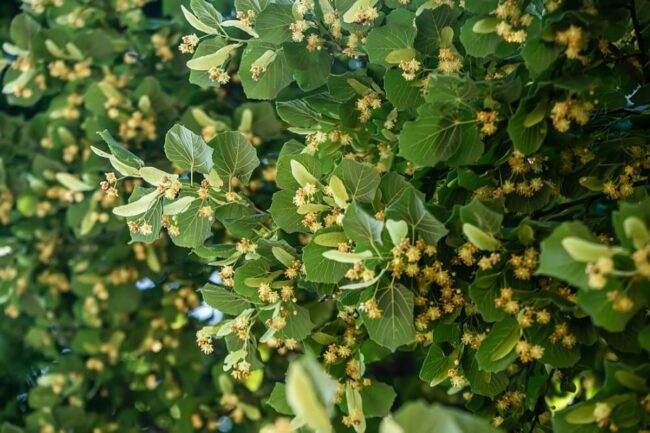
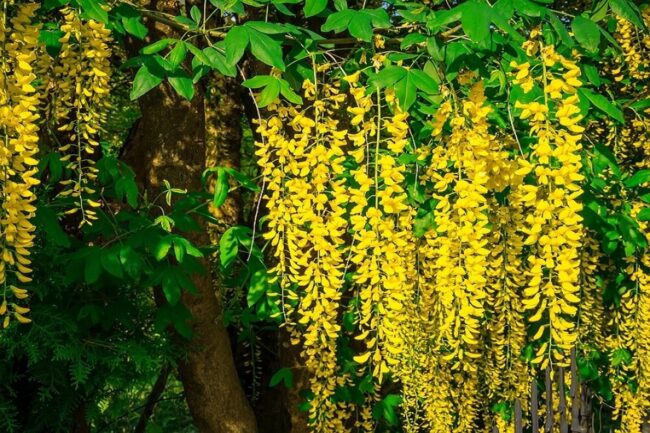
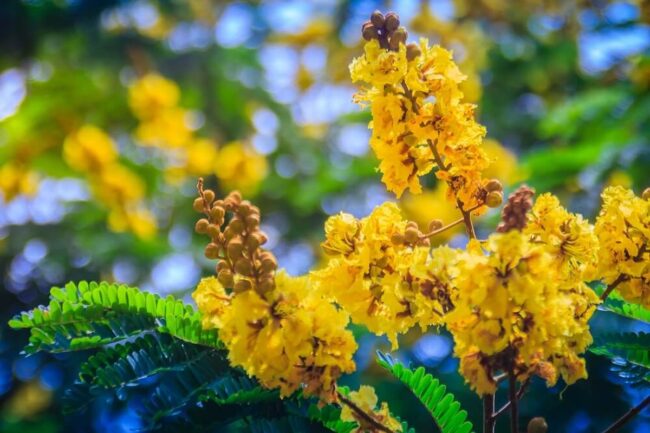

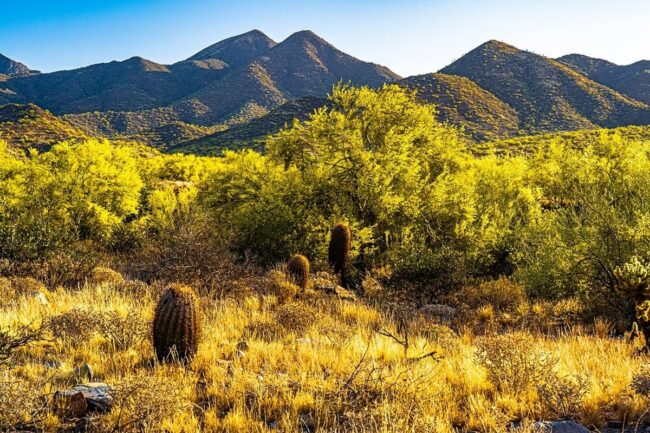

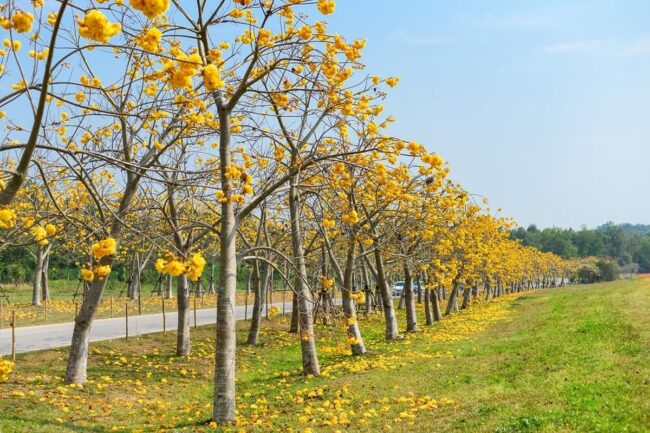
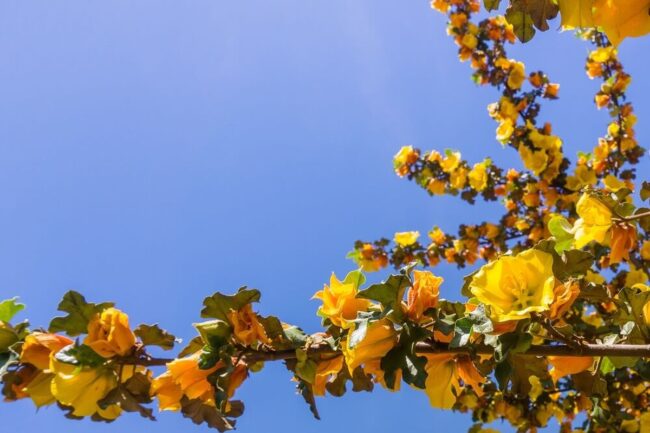
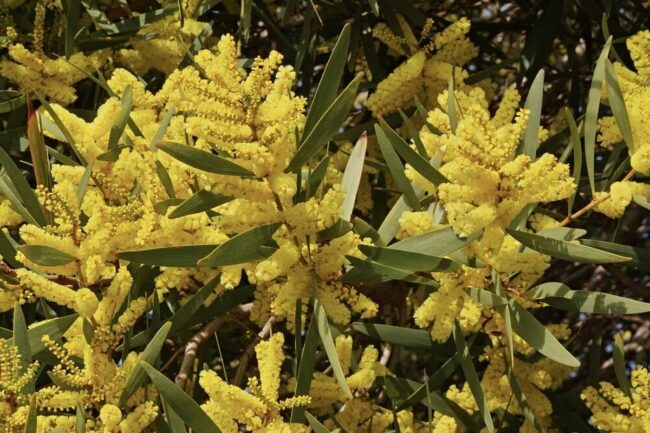
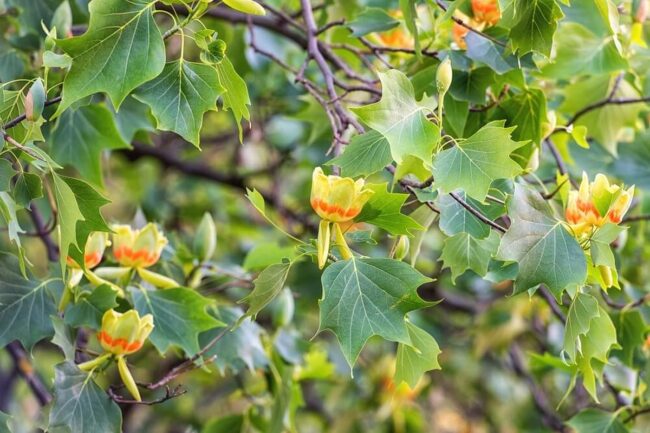
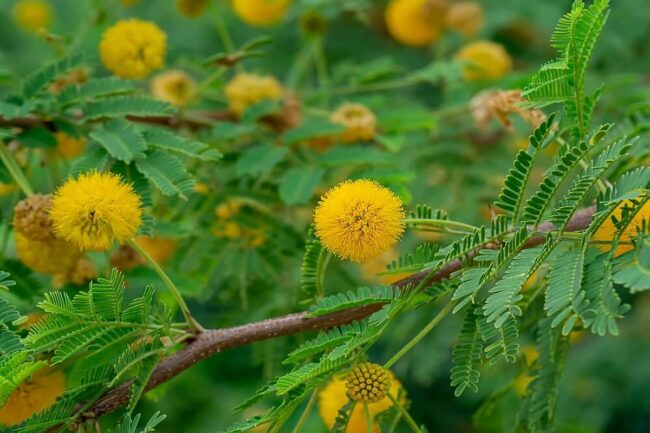
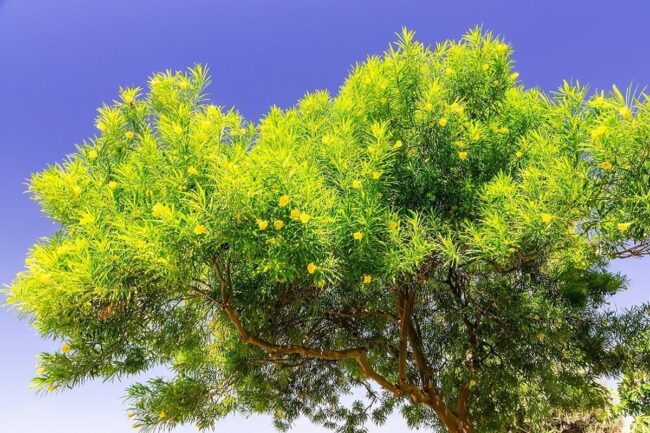
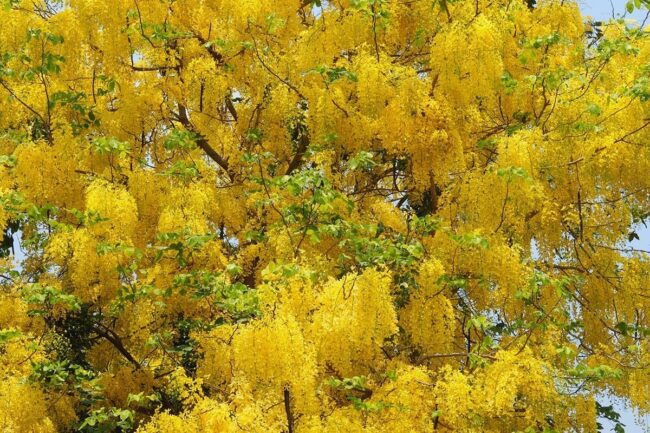
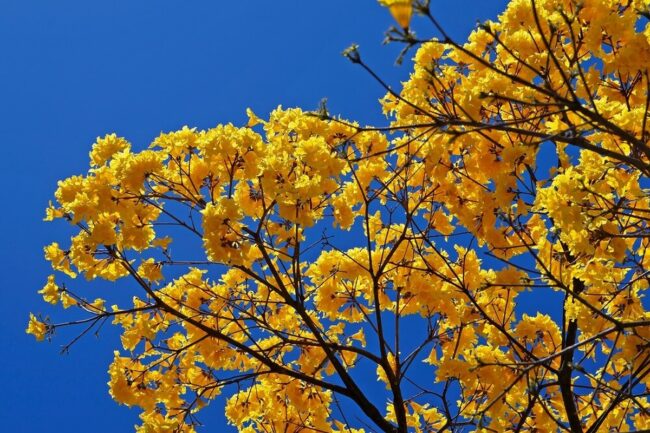
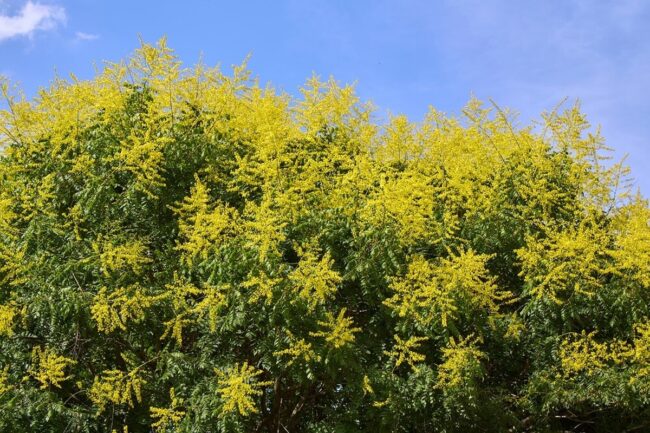
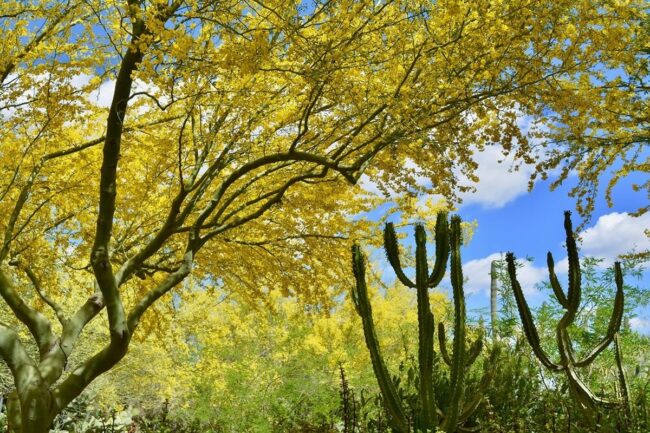
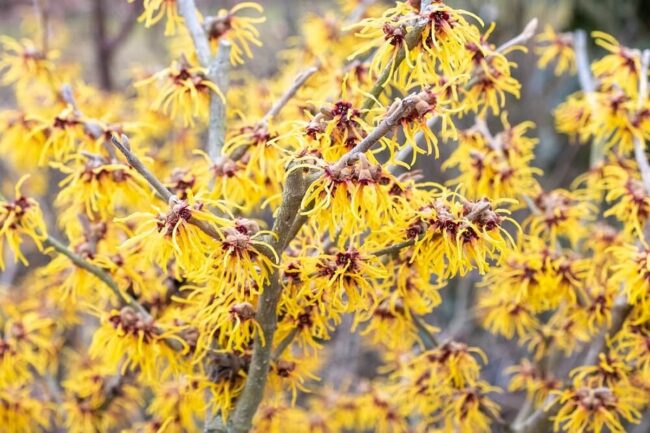
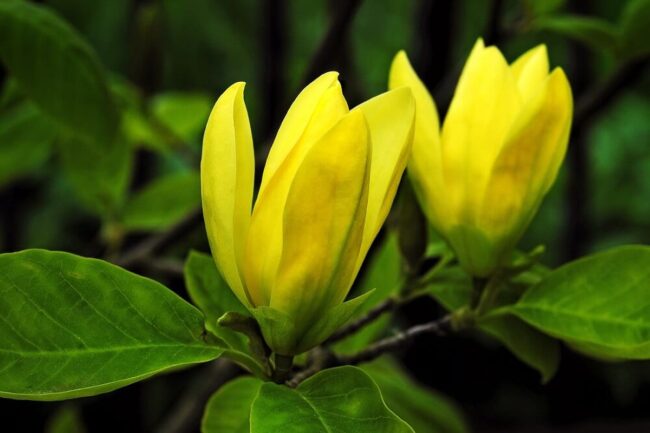
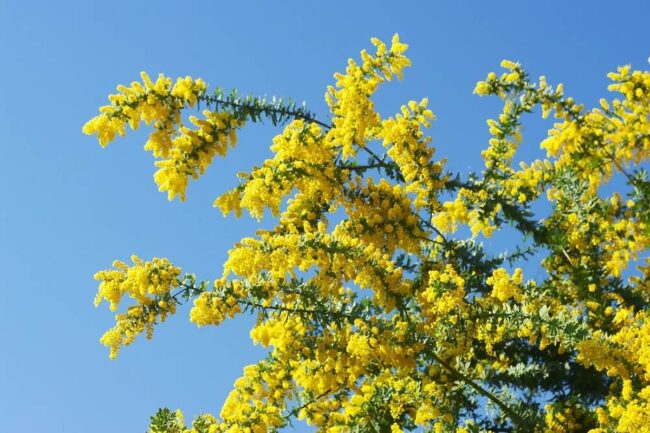


Liam Patel
Senior Editor & DIY Craftsman
Expertise
DIY home decor, interior design, budget-friendly styling, sustainable upcycling, creative crafting, editorial writing
Education
Pratt Institute, Brooklyn, NY
Liam Patel is the Senior Editor at Archeworks.org, where he shares creative DIY and home decor ideas. With a degree in Interior Design and years of experience in home styling, Liam focuses on easy, budget-friendly projects that make spaces personal and beautiful.
Liam’s tutorials, styling tips, and affordable solutions help readers design homes they love. He believes decorating is about self-expression and encourages everyone to embrace the joy of creating.